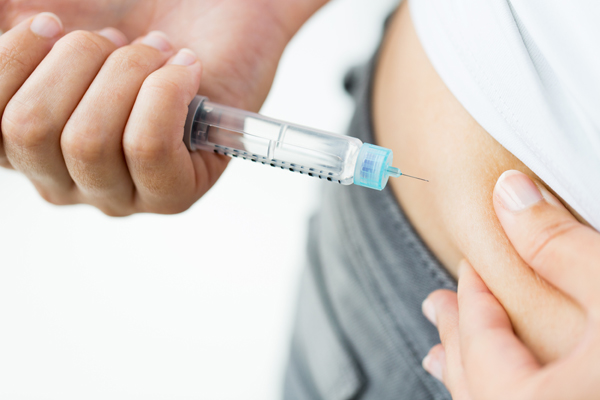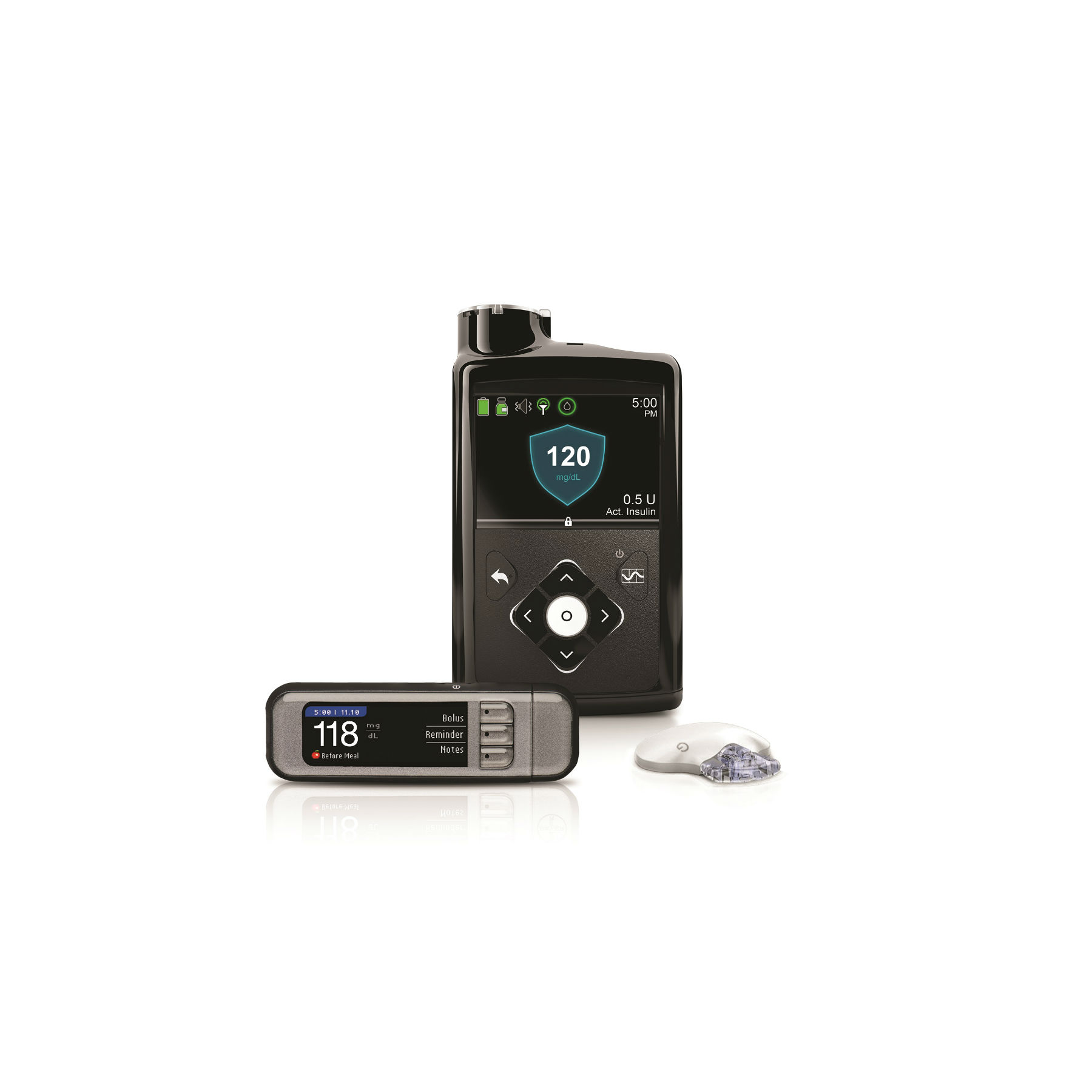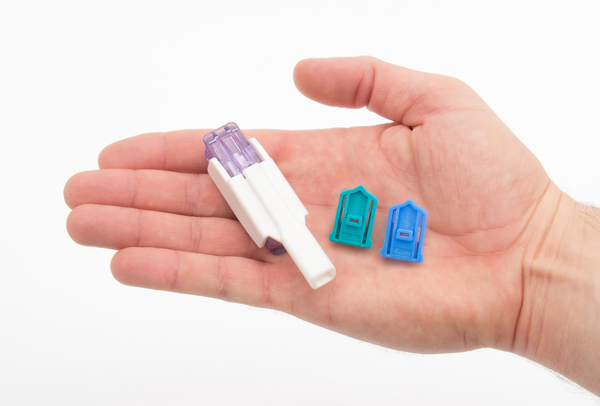Thanks to advances in technology, people living with Type 2 diabetes have many options to self-administer insulin, from pens and syringes to pumps and inhaled powder. So, how does one choose?
Enter recommended clinician guidelines compiled by trusted healthcare organizations like the American Diabetes Association. In this year’s update to the Standards of Medical Care in Diabetes, the nonprofit recommended a new insulin delivery method that’s becoming increasingly popular in the market: disposable patch-like devices.
The recommendation refers to the work by New Jersey medical device company Valeritas, who praised the American Diabetes Association this week for the acknowledgement.
“It is good news for patients and medical professionals that the American Diabetes Association now includes disposable, patch-like devices in its annual Standards of Medical Care,” said John Timberlake, President and Chief Executive Officer of Valeritas in a statement.
The company manufactures one such device known as V-Go. The patch-like device releases insulin over 24 hours, with an option to increase the dose (bolus) during mealtimes. The device received US Food and Drug Administration (FDA) 510(k) approval in 2010 and has since received the go-ahead to market in Israel, Australia, New Zealand and parts of Europe.
“Having a well-respected organization like the ADA recognize the value of a disposable, patch-like device, such as V-Go, is significant,” said Timberlake.
According to the device’s maker, the single-use daily patch is more cost-effective than multiple daily injections and it works just as well as syringes and pens at lowering blood glucose. While some small studies report good safety, efficacy and patient satisfaction, V-Go has yet to become the most popular insulin delivery method.
People’s choices in so-called diabetes technology come down to personal preference; the type of insulin they’re using and the dosing regimen they follow; cost; and self-management capabilities. A wearable patch might be more convenient than multiple daily injections, but it may not provide the same flexibility for insulin dosing as other methods. For example, Cequr’s PAQ device is an insulin patch that delivers a fixed dose of basal insulin over three days plus bolus insulin as needed. Because it is a fixed dose of basal insulin, this device may not suit individuals who need to change their basal daily rate of insulin.
The data supporting the safety and effectiveness of disposable insulin patch-like devices seemed sufficient to win over the expert working group behind the American Diabetes Association’s current clinical practice recommendations.
Being innovative is key to staying competitive in the diabetes market, but not all will be embraced by consumers. Sanofi pulled out of a partnership with MannKind Corporation after a year of disappointing sales of the inhaled insulin product, Afrezza. According to a Jefferies analyst, 35 percent of 120 doctors surveyed were not aware of the drug’s existence.
The new American Diabetes Association guidelines might mean more competition for Valeritas’ flagship product, V-Go. By mid-2019, consumers can expect Cequr to debut its rebranded version of Calibra, a similar insulin-delivering patch originally developed by Johnson & Johnson.












Join or login to leave a comment
JOIN LOGIN